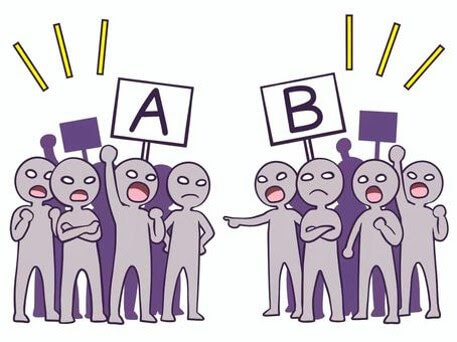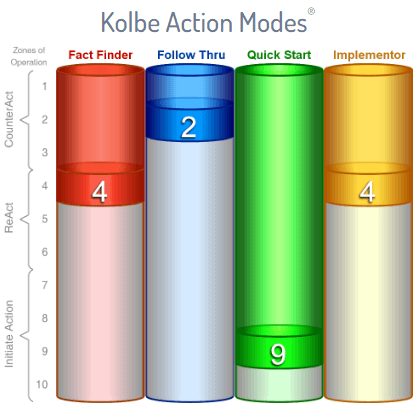There is no denying it. We see it everyday. Conflict is all around us. Operating in seething conflict appears to be the norm these days. Americans are navigating very fraught waters in politics and culture.
Statistics show that the average employee spends 2.8 hours per week dealing with conflict. If that is documented, then how many hours would an average leader or manager spend? All of this conflict is not without consequences. Individuals experiencing conflict in their life feel pressured—this pressure can lead to stress, broken relationships, and serious health problems such as heart disease and weakened immune systems.

When businesses experience conflict, friends no longer do business with each other. Companies are affected or even dissolve when partners can’t get along. Conflict affects morale and motivation. Valuable and talented employees leave their workplace when leaders avoid and won’t address conflict.
Understanding the Root Cause of Conflict
I’m not here to be a marriage counselor, but there are things we can all learn about the root cause of conflict. Conflict stems from being incompatible or at variance with. Here’s the thing—we actually need conflict, maybe I should just say differences, to fuel and propel our best decisions forward. So how do we get these hidden conflicts out on the surface? How do we prevent lingering differences and irritations from eroding our most intimate and necessary relationships? First, we understand what we can’t resolve, and then we understand what we can and should resolve. We start from the inside out. The inside out starts with yourself.
Sources of Conflict that May Be Unresolvable:
- Competition for resources
- Authority issues
- Value/goal differences
Conflicts We Can and Should Resolve:
- Differences in workstyle methods (often described or identified as personality clashes)
- Low performance
- Lack of cooperation
The conflicts we can resolve are borne mostly out of misunderstanding. These conflicts can be pinpointed. Virtually all conflicts are autobiographical—meaning that it starts from your own perspective. We don’t see things as they are, we see things as we are.
Addressing Types of Conflict
What if I said that understanding these differences could be as easy as counting to ten and then adding and subtracting? From my perspective, the Kolbe A™ index is the only assessment that gives us apples to apples comparison to understand workstyle methods.
By unpacking and understanding these differences and variances, we can get to the heart of performance and cooperation.

Unpacking Kolbe Numbers
The Kolbe System™ pinpoints the conative part of our minds—the purposeful, instinctive actions we take when striving to achieve goals or solve problems. These striving actions are divided into four modes: instinct to probe, instinct to pattern, instinct to improvise, and instinct to demonstrate. Everyone falls somewhere (1-10) on the continuum of each of the four striving instincts.

Consider Your Personal Numbers in Conflict
Spend some time unpacking your own Kolbe numbers. Write them down so you can look at them and acknowledge them.
Consider: “How might I be frustrating or irritating to others?”
For instance, I am a 4294.

Mari’s Numbers
With my 4 in Fact Finder, I might consider:
Am I at odds with someone who deliberates too much, takes too long to decide, or always seems to need one more piece of information? Is it irritating to others when I want essential facts only, not all of their details?
With a 2 in Follow Thru, I might question:
Am I at odds with someone who seems rigid, won’t budge when a new plan is presented, who gets visibly and audibly frustrated when their sequence is disrupted? Are they frustrated when I address tasks randomly?
With a 9 in Quick Start, I might ask myself:
Am I at odds with someone who takes too long to accomplish their work, has a low sense of urgency, and resists unnecessary change? Does it annoy them that I always have more ideas than I can organize?

With my 4 in Implementor, I might consider:
Am I at odds with someone who delegates instead of does the work, puts off getting something fixed and won’t put in the necessary physical effort? Is it frustrating when I could and maybe should delegate a task but don’t?
Apply What You’ve Learned
Identify a team member you might be at odds with, annoyed even, or whatever you want to name it. Take the first step and have a conversation. You might say, “I imagine you might be annoyed with me when I do….X. I want to acknowledge this behavior and work through it so we understand it better.” If you can walk away with one tactic in each of the four instincts that you can begin to practice with each other, the momentum for others to do the same can begin. You have taken the first step. We would welcome the opportunity to help your team members develop questions specific to them.
Comparisons: A to A™ Report
The Comparisons: A to A™ report is an effective tool to address differences that lead to conflict and annoyance. It provides clear and objective language and keeps the conversation focused on the issues, not the person.
By getting these variances and incompatibilities out in the open, we establish a common language to address the bigger topics like competing resources, authority issues and values and goal differences that can hang out and fester. Speaking of marriage counseling, taking a look at the potential conflicts in your personal relationships can also be liberating!
Chris and I use our Kolbe numbers daily. You can easily see the differences in our modes of operating just glancing at this first page of our Comparison: A to A report.
When we are at variance with each other on a particular issue, our knowledge and awareness of these differences helps us find common ground.

I love this approach to conflict management: Conflict is the opportunity to improve situations and strengthen relationships.
When you work from the inside out, you are virtually guaranteed that the situation has improved and you have strengthened the relationship. Contact Mary Catherine Hulst at mc@psgteam.com if you are interested in this report and other tools in the Kolbe system.
If you want less conflict in your life, I have two easy ways you can start now:
- Know when to be silent. We often offer a retort or a reaction that only escalates the conversation. King Soloman instructs, “guard your lips to guard your life.” Make your response one of healthy silence.
- Go out and dance. You can’t dance and stay uptight, it’s a supernatural delight.
At PSG, we are committed and passionate about helping you master the art of working together. We serve as an objective outside voice to address issues with your staff and teams that help you deal with change, deal with conflict, and how to help each person reach their full potential. With 35 years of experience, we are experts at using the Kolbe System™ to capitalize on strengths, understand and deploy differences, improve communication and interactions, align roles and responsibilities to the talent around the table, and build teams with the right mix to flourish.
